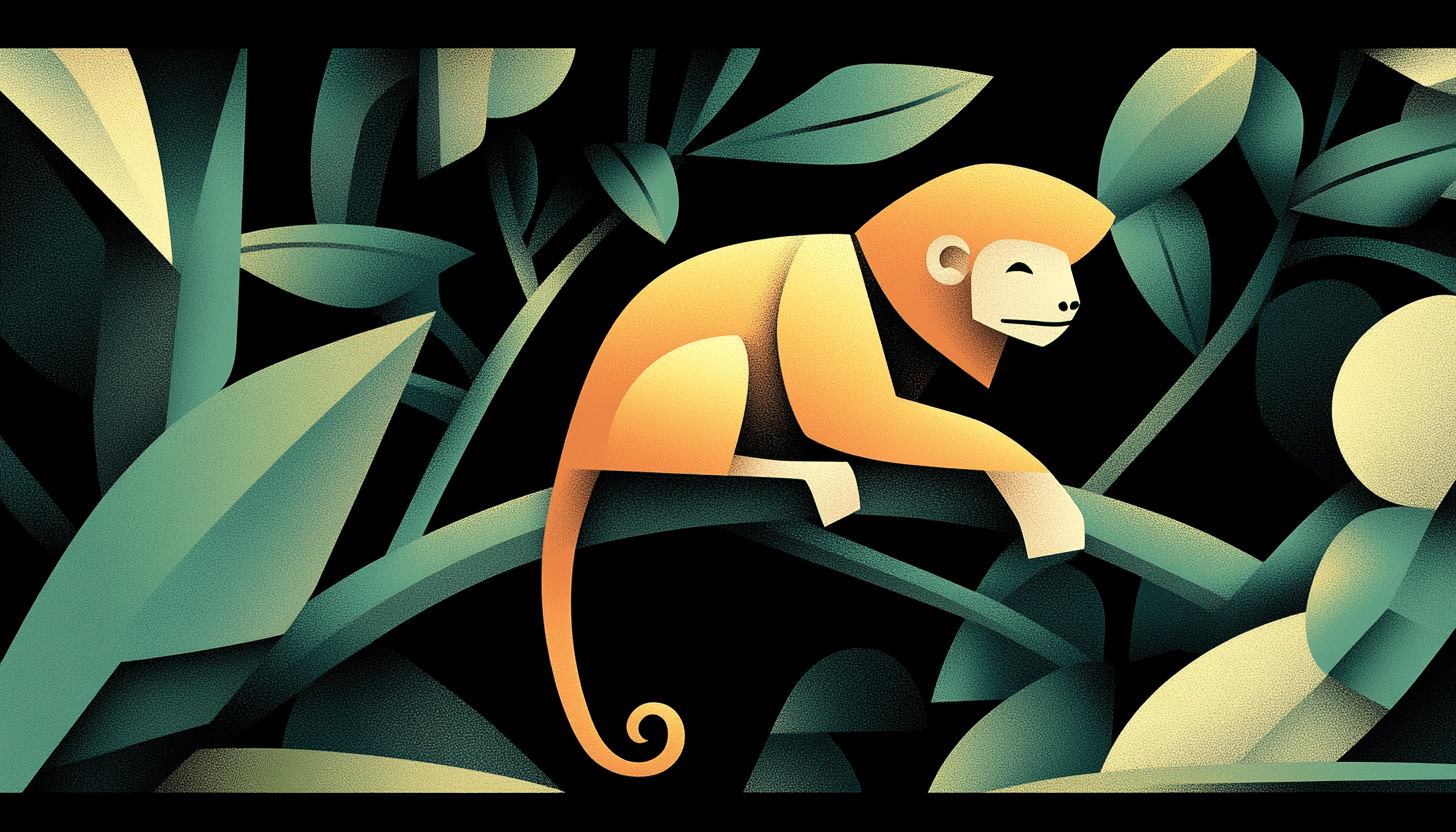What is International Golden Lion Tamarin Day?
International Golden Lion Tamarin Day is held every year on August 2 and is celebrated worldwide. This day is dedicated to the golden lion tamarin, a striking orange primate native to Brazil’s Atlantic Forest. The species faces severe threats due to deforestation, habitat fragmentation and climate instability. This day highlights both the urgency of conservation and the success of decades-long efforts to restore the tamarin’s population. It also helps educate people around the world about biodiversity.
The golden lion tamarin is not only a biological treasure, but also a symbol of what collective action can achieve. From schoolchildren in Brazil to zoo visitors in Europe and America, more people are learning how interconnected nature really is. Events on this day include habitat restoration, public talks and cultural celebrations. It is a moment to look closely at how we treat forests, animals and the planet. Protecting the tamarin means protecting much more than one species.
History and Origin
International Golden Lion Tamarin Day began in 2016 in Silva Jardim, Brazil. The first celebration was timed with the Olympic Torch’s visit to the region, drawing national attention. It was initiated by Associação Mico-Leão-Dourado, the leading organization dedicated to saving the tamarin. The event was meant to connect local pride with global visibility. It worked: the tamarin became a symbol of Brazil’s natural wealth.
In 2017, the celebration expanded beyond Brazil, as zoos and conservation groups around the world began to join in. The Brazilian government officially recognized August 2 as National Golden Lion Tamarin Day in 2018. Since then, the event has grown into an international moment of unity for biodiversity. Each year, more schools, museums and wildlife centers take part. The tamarin’s story is used to show how cooperation, science and public support can make a real difference.
The species itself was once nearly extinct. In the 1970s, only a few hundred individuals survived in the wild. Thanks to coordinated breeding, forest corridors and habitat protection, thousands now live in protected areas. But challenges remain. International Golden Lion Tamarin Day continues to raise support, funds and awareness to ensure their future is secure.
Who participates in International Golden Lion Tamarin Day?
- Conservation organizations: Groups like AMLD lead campaigns, restoration projects and education efforts focused on the tamarin and its habitat.
- Zoos and wildlife centers: Institutions across the world organize events, raise funds and share educational content about the species.
- Schools and teachers: Educators use the day to teach about rainforest ecology, endangered species and conservation success stories.
- Local communities: People in and around the Atlantic Forest take part in replanting, habitat monitoring and eco-tourism initiatives.
- Nature enthusiasts: Individuals participate by spreading awareness online, donating or learning more about biodiversity.
Slogans and Themes
Each year, the day adopts a fresh theme to reflect ongoing challenges and renewed energy. Previous slogans have included messages like “Together for the Forest” and “One World, One Tamarin.” These themes promote both hope and urgency. They encourage participation from all corners of society and push for realistic action. While the tamarin is the focus, the wider message is always about restoring ecosystems. The themes connect people emotionally and intellectually to conservation goals, without being limited to one country or field.
Colors, Symbols and Patterns
Colors
- Golden orange: Reflects the bright fur of the tamarin and symbolizes energy, uniqueness and tropical richness.
- Forest green: Represents the Atlantic Forest and the deep connection between species and habitat.
- Earth brown: Evokes the soil, trees and roots that sustain both the forest and the tamarin.
Symbols
- Golden lion tamarin: Acts as an ambassador for biodiversity, showing how beauty and rarity are worth protecting.
- Tree canopy: Represents shelter, safety and the need for forest corridors in tamarin survival.
- Connected hands: Often used in campaigns to symbolize collaboration between communities and conservationists.
Patterns
- Leaf networks: Symbolize reforestation and habitat regeneration through growing trees and interconnected roots.
- Paw prints: Represent animal presence, species movement and human responsibility for protection.
- Climbing vines: Reflect the tamarin’s arboreal nature and the need for continuous tree cover.
Most used hashtags
- #GoldenLionTamarinDay
- #SaveTheGLT
- #ProtectPrimates
- #ConservationMatters
- #EndangeredSpecies
How do you celebrate International Golden Lion Tamarin Day?
- Attend an event at a zoo or sanctuary: Many institutions host special activities, including keeper talks and tamarin feedings.
- Join a reforestation project: In Brazil and beyond, people plant native trees to support tamarin corridors.
- Educate others: Share facts, videos and stories about the tamarin with friends, family or classmates.
- Support fundraising campaigns: Donations help fund habitat restoration, research and community outreach.
- Participate in social media challenges: Use the day’s hashtags to amplify the message and connect with global efforts.
Why is International Golden Lion Tamarin Day important?
This day is important because it keeps attention focused on a species that once stood on the edge of extinction. It shows how serious threats like deforestation can be reversed when people work together. The golden lion tamarin reminds us that charismatic species often act as messengers for wider ecological concerns. Their story makes biodiversity loss real, not abstract. It’s a hopeful story, but one that still needs care.
Beyond the tamarin itself, this day highlights the value of forest conservation, education and local action. It unites scientists, schoolchildren, rural communities and online supporters around one cause. International Golden Lion Tamarin Day proves that with consistent effort, even near-impossible challenges can shift. It is a celebration of progress and a reminder of what still needs to be done.
Features
August 2: Golden Lion Tamarin Day
Why do you keep falling for the same type?
Read the article Lovemaps: the hidden blueprint of our love.

